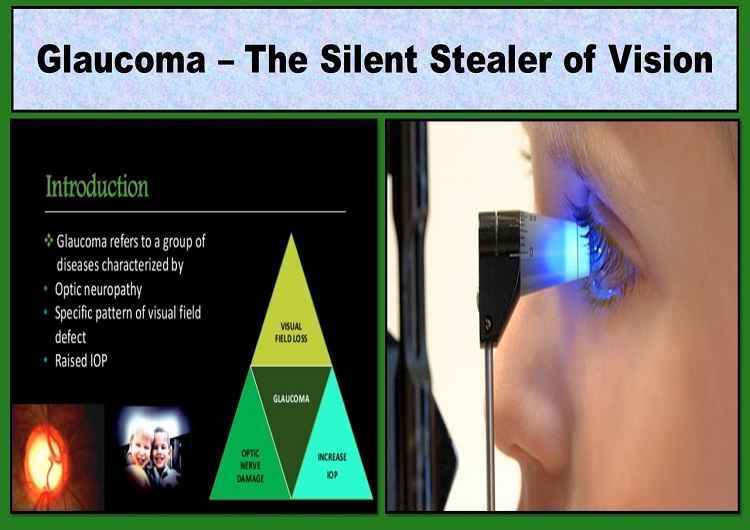All about Colored Contact Lenses: Introduction, Colored Contacts Prescription, Types, Best color contact lens for dark brown, light eyes, and astigmatism, insertion, and removal of colored contacts.
What are the Colored Contact Lenses?
Colored contact lenses or colored contacts are the types of contact lenses that are used to alter the natural eye color, in an effect that ranges from subtle to vibrant. Although the primary function of colored contact lenses is to enhance the appearance of the eyes, they also can be used to correct the refractive errors of the eyes. Color contact lenses have become part of the celebration during Halloween and other special occasions.
Color contact lenses are safe to wear when they are fitted and verified by an eye care professional (Optometrist). It is necessary to follow the instructions provided by your eye care practitioner in regards to wearing time, replacement schedule, cleaning, and handling procedures.
Based on the ability of colored lenses to enhance vision or not, they are available in both prescription and non-prescription (Plano) forms.
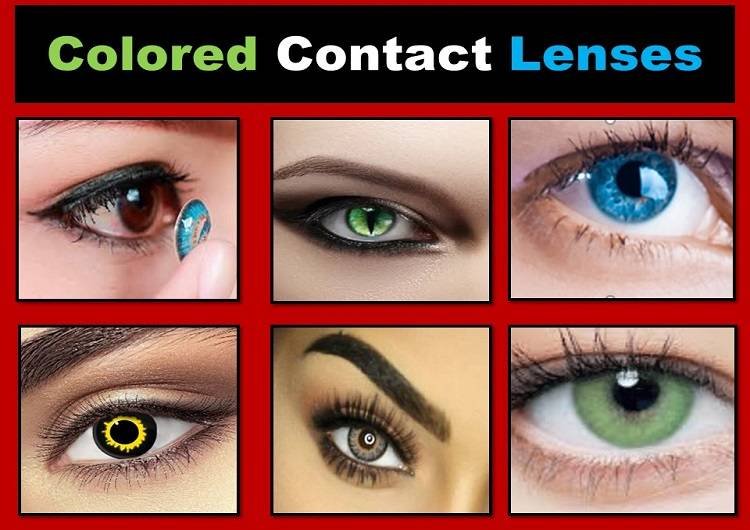
Non-prescription colored contacts
These colored contacts do not have the power to correct refractive errors and are used purely for enhancing the cosmetic appearance of the eyes. Non-prescription colored contacts are the best choices for everybody with no requirement of vision correction.
Prescription colored contacts
These colored contact lenses are used to correct any types of refractive errors such as myopia (nearsightedness), hyperopia (farsightedness), astigmatism, or presbyopia, along with enhancement of cosmetic looks of the eyes. Before buying prescription colored contact lenses, you must have a refraction test of your eyes by a qualified optometrist.
How to read colored contact lens prescriptions?
Can you buy colored contacts without a prescription? No, according to the law of several countries, including the USA, it is illegal to sell colored contact lenses without a prescription. You should take any type of contact lenses as a medical device.
The first thing you need to look at is which eye is being referred to. Both Latin abbreviations and generic terms are commonly used in contact lenses prescription.
- OD (Occulus Dexter) refers to your right eye
- OS (Occulus Sinister) refers to your left eye
- OU (Occulus Uterque) refers to your both eyes
Learn more about reading a contact lens prescription.

Types of Color Contact Lens
Colored contacts are designed in such a way to mimic the natural look of the iris. Iris is made up of colorful shapes and lines and it gives color to the eye. So, most colored contact lenses have images of a series of tiny dots and lines to make the lens look more natural while wearing.
The black center of the eye is called the pupil and through it, light enters the eye. Colored contacts have a central portion transparent, to make sure vision isn’t impaired.
Depending on the density and types of tint, you will find different types of colored contact lenses that have different effects on your eye color.
Handling tint
Also known as visibility tint, handling tint is a green or blue tint that helps to see it better during wearing time. They don’t change the color of the eyes at all. The tint is useful for the insertion and removal of the lens. It is also known as “transparent tint”.

Enhancement tint
Enhancement tint enhances the natural color of the eye. It is useful for those who don’t like to alter the color of their eyes. As the name implies, the enhancement tint makes the light color of the eyes deeper or richer. It means, the tint makes your brown eyes browner, your blue eyes more like the sky, and your green eyes more like emeralds.
Your optometrist will recommend the type of enhancement tint if you are not sure what color you want to use. It is also known as “translucent tint”.
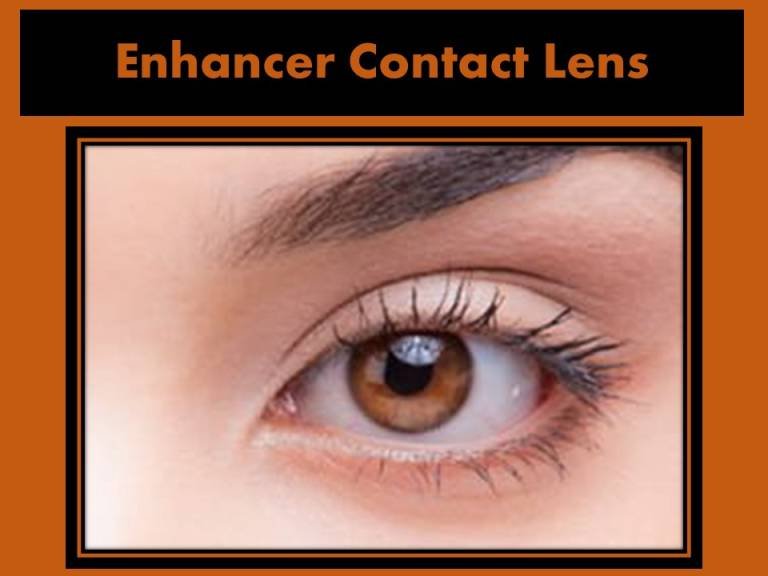
Opaque colored contacts
As the name suggests, it is a non-transparent or “opaque tint”. A colored contact lens with an opaque tint changes the natural color of your eye completely. The tint hides the iris and retains the artificial color of the tint. So, it is useful for the eye with a dark-colored iris.
You can use whatever color you wish with opaque tint as these lenses are available in a wide range of colors, including green, blue, hazel, brown, gray, violet, and amethyst. For instance, you can wear blue or green-colored tint in your brown eyes.
Custom-tint colored contacts
Some contact lens manufacturers create custom-tint-colored contacts that best fit your eyes. These lenses are developed in different colors with varying densities and are available as both prescription colored contacts and non-prescription colored contacts.
Custom colored contact lens is a boon for those with disfigured eyes, congenital eye defects, or eye injury.
Similarly, custom lenses are gaining popularity among professional athletes as these lenses increase their visual performance. “sport tint” colored contact lens reduces glare, enhances depth perception, and contrast sensitivity which is crucial for sports activities.
Photochromic contact lenses are also categorized as custom-tint colored contacts and they adjust automatically to different lighting conditions.
Halloween contacts, theatrical contact lenses, and other special-effects contact lenses
If you want to look like an alien or vampire or want to have a favorite logo in your contacts, then these special-effects contact lenses are for you. Halloween contacts or theatrical contact lenses are the types of colored contact lenses with decorative special effects and crazy looks.
Special effect (FX) or crazy lenses are available as prescription colored contacts or non-prescription colored contacts. It means you can wear these crazy lenses to correct your refractive errors along with special cosmetic looks.
Although special-effect contacts-including black lenses, crazy lenses, Halloween contacts are available for theatrical and novelty uses, they are classified as medical devices and require a valid contact lens prescription to buy these lenses.
Special-effects contact lens is a type of opaque colored contact lenses. So, these lenses completely cover the iris and hide the natural eye color.

Circle lenses
Also known as “big eye” lenses”, circle lenses make your eyes look bigger than normal. Circle contact lenses are a relatively recent phenomenon and are used to produce a doll-like appearance.
These lenses are influenced by cartoon characters in anime movies. To make eyes safe and to reduce serious contact lens-related eye infections, always use circle lenses prescribed by your optometrist.
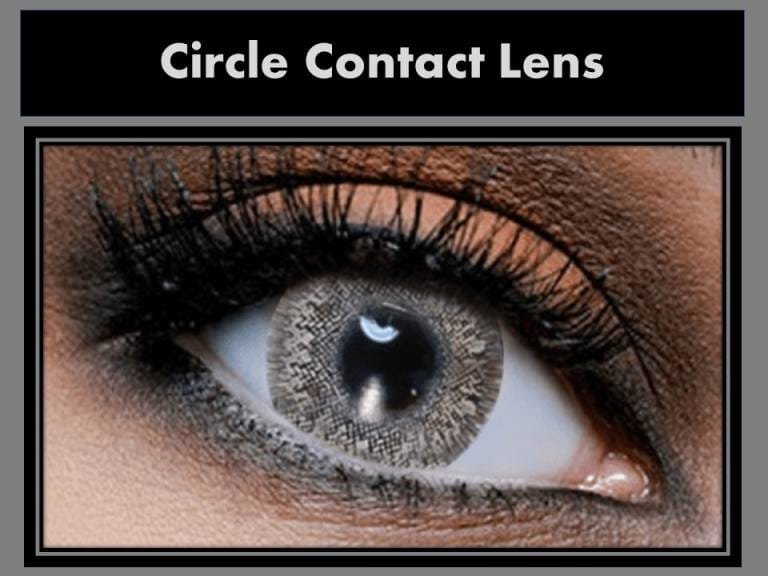
The Best Colored Contact Lenses For Your Eye Color
The choice of colored contact lenses is primarily based on the wearer’s demand to enhance the natural eye color or to dramatically change the natural looks of the eye. You may also consider your hair color and skin tone while determining the color you will be choosing for.
Choosing the best shade of colored contact lens is the next step while choosing the contacts. You need to spend some time selecting the density of hue or shade if you want to bring just a subtle change in the natural eye color, while you may go for a different color for the complete transformation of your eye color.
Colored contacts for light eyes
If your eyes are of a lighter shade and you want to change the subtle appearance of your eye, you need to choose an enhancement tint to deepens your natural eye color. FreshLook Colorblends and SofLens Natural Colors can be good choices to add subtle overtones to your natural hue.
Some colors don’t alter the natural looks. For example, if you have pale blue eyes then you might choose gray or green colored contacts while still looking natural.
Opaque-colored contact lenses can be the best companion if you want to add a completely different color to your eyes. For light eyes with blonde hair and fair skin, a deep brown tint works well for a bold statement.
Colored contacts for dark eyes or brown eyes
Most colored contacts out there are designed for dark eyes or brown eyes because over 50% of the world population has brown eyes.
If you have dark brown eyes, you can soften the impact by using opaque colored contacts in light shades of brown. Lighter honey brown or hazel-colored contacts maintain the natural tone of dark eyes.
If you want to achieve a striking appearance, use vibrant and exciting shades such as violet, vibrant green, or blue. FreshLook Colors are the best choices to have a show-stopping new look.
Grey Contacts
If you simply want to jazz up your look a bit without changing the color of your eyes, grey contacts may be the best choice for you. Grey-colored contacts look good on any shades of brown eyes and all skin tones and hair colors.
Grey contact lenses are available in various opacities and tonalities and with different wearing modalities (daily, bi-weekly, monthly, yearly).
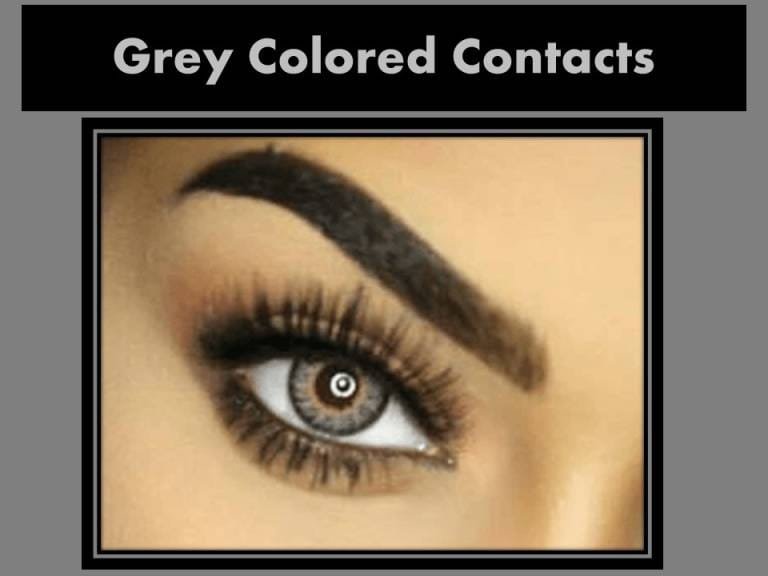
Green contacts
To achieve a mysterious look in dark brown eyes, green contacts are the best. Green contact lenses look very natural on brown eyes as these lenses have specks of yellow for a smooth transition towards the pupil.
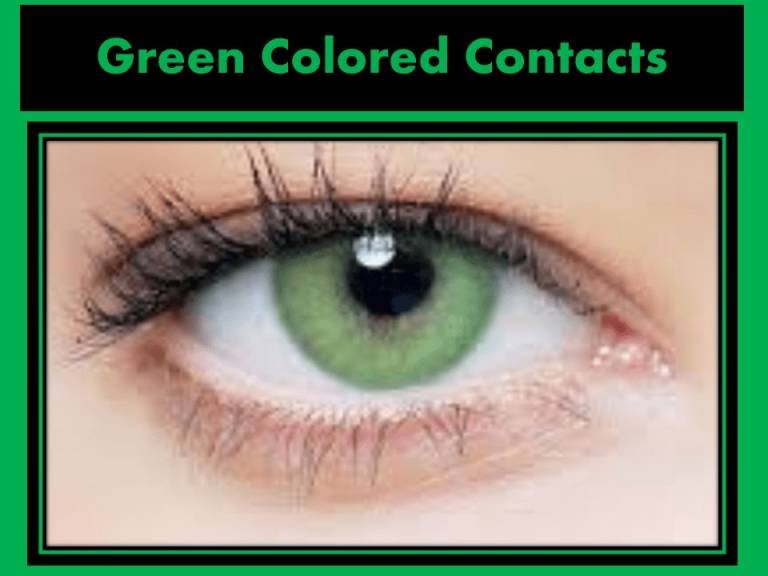
Blue contacts
Blue contact lenses are another top choice for dark eyes or brown eyes. Light blue lenses help to achieve the appearance of dark blue-brown eyes if you have dark shades of the brown or black iris. Similarly, a bright blue contact lens is good to have sea blue eyes in eyes with light brown color.
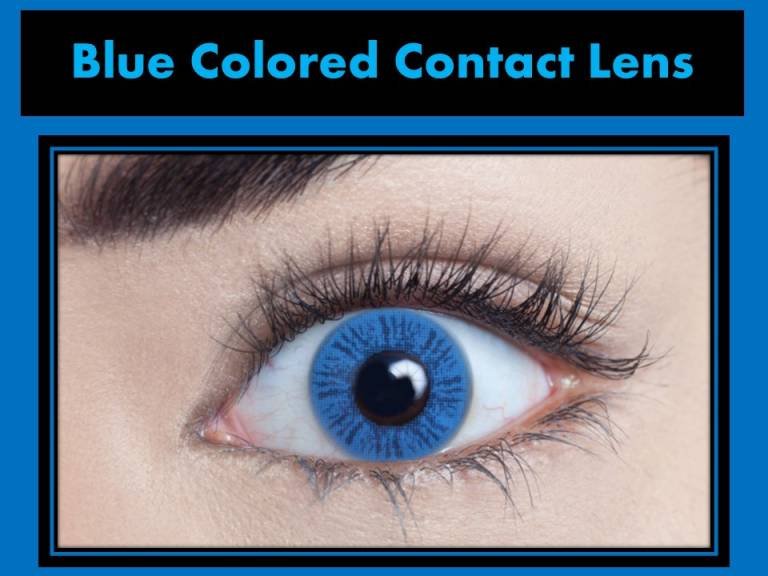
Toric Colored contacts with astigmatism
Your astigmatism doesn’t limit your ability to use colored contact lenses. You can still find toric-colored contacts for astigmatism to enhance or completely change the natural eye color.
Toric-colored contact lenses with astigmatism are specialized and more expensive compared to regular transparent toric contact lenses.
Colored contact lenses for astigmatism work the same way as regular toric lenses. Your optometrist will require more time to accurately fit your astigmatic eye as Contacts for astigmatism require highly detailed measurements. So, always follow the instructions given to you by your optometrist.
The market of soft toric-colored contacts is expanding and you can choose the lens from daily disposable, weekly, or monthly varieties.
Popular brand names of toric colored contacts for astigmatism
- Air Optix Colors
- Neo Cosmo
- Desio Lens
- Clalen
- Geo Medical
- ICK
Advice on wearing colored contact lens
Whether you are a beginner or an advanced wearer of colored contact lenses, these tips will help keep your eyes safe and free of infections.
–Take good care of your contact lenses: colored contact lenses, like regular lenses, must be stored, handled, and cleaned properly with appropriate contact lens care products.
Always follow the contact lens replacement schedule provided by your eye doctor. If you are using daily lenses, throw away these colored contacts before going to bed and use a new pair the next time you want to wear them.
–Stop using colored contacts if your eyes are red or irritated: redness, burning sensation, irritation, and watering might point to eye infections. If you are experiencing any of these symptoms and discomfort, discontinue using colored contacts. Use a pair of eyeglasses instead.
–Not sharing is caring: always remember colored contacts are medical devices. Even if you are using Plano lenses, you should not be sharing your color lens with anybody as it can lead to serious, vision-threatening eye infections.
–Enjoy different colors and styles: colored contacts provide you with freedom and opportunities to experiment and try new looks. Remember to visit your optometrist before trying any types and colors of lenses to ensure the best fitting lens, clear and comfortable vision.
Drawbacks of colored contact lenses
Although colored contacts are the best choices for clear vision with better cosmesis, there are few potential drawbacks of colored contact lenses. Varieties of different-sized colored contacts are available in the market. But for comfort and clarity best-fit lens is necessary.
If the size of the lens is too large, the colored portion of the lens might slide over the pupil during blinking. This creates a blurred vision and a less-than-natural appearance, mostly with opaque colored contacts.
Another potential drawback is that the central clear area of the colored lens might not be large enough for the large-sized pupil at night time. So, it might create a blurry vision in the evening and nighttime due to fluctuation in the size of the pupil with the varying light conditions.
How to put in colored contacts?
It can take some practice and sometimes if you are wearing colored contact lenses for the first time. It is the same procedure as a pair of regular contacts. Always clean your hand thoroughly before touching the contacts and attempting to insert them into your eyes. Visit this post to get a complete idea about contact lenses and how to insert and remove colored contact lenses or normal contacts.
Are colored contacts right for you?
Yes, if you are looking for complete freedom from eyeglasses because of refractive errors and to enhance the natural color of your eyes for better cosmesis. If you don’t take good care of your lenses then you should think before buying colored contacts.
How safe are colored contact lenses?
Color contact lenses are safe to wear when they are fitted and verified by an eye care professional. It is necessary to follow the instructions provided by your eye care practitioner in regards to wearing time, replacement schedule, cleaning, and handling procedures.
Your colored contacts need to be fitted properly to ensure regular oxygen transmission to the cornea through lenses. The colored area, the density of color, and the size of the central transparent region should be examined thoroughly by your optometrist to ensure a clear and comfortable vision with better cosmesis.
You may also like
Contact Lens Comprehensive Gide
What is the Cornea of the Eye?

